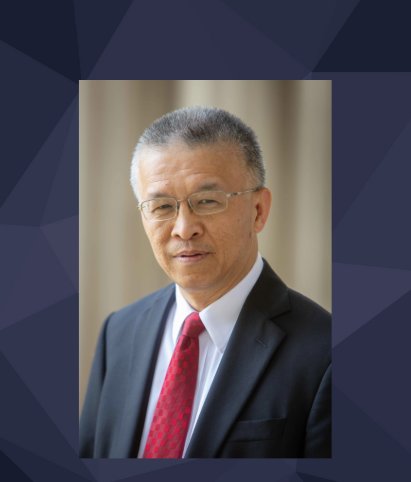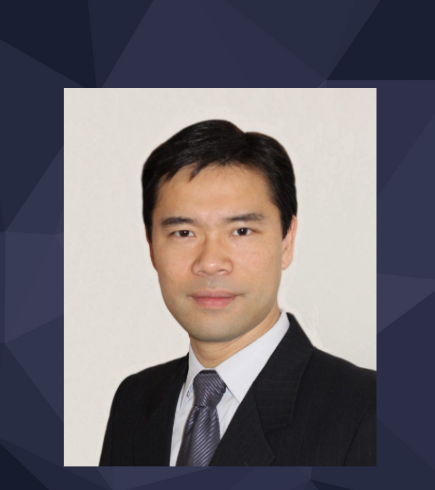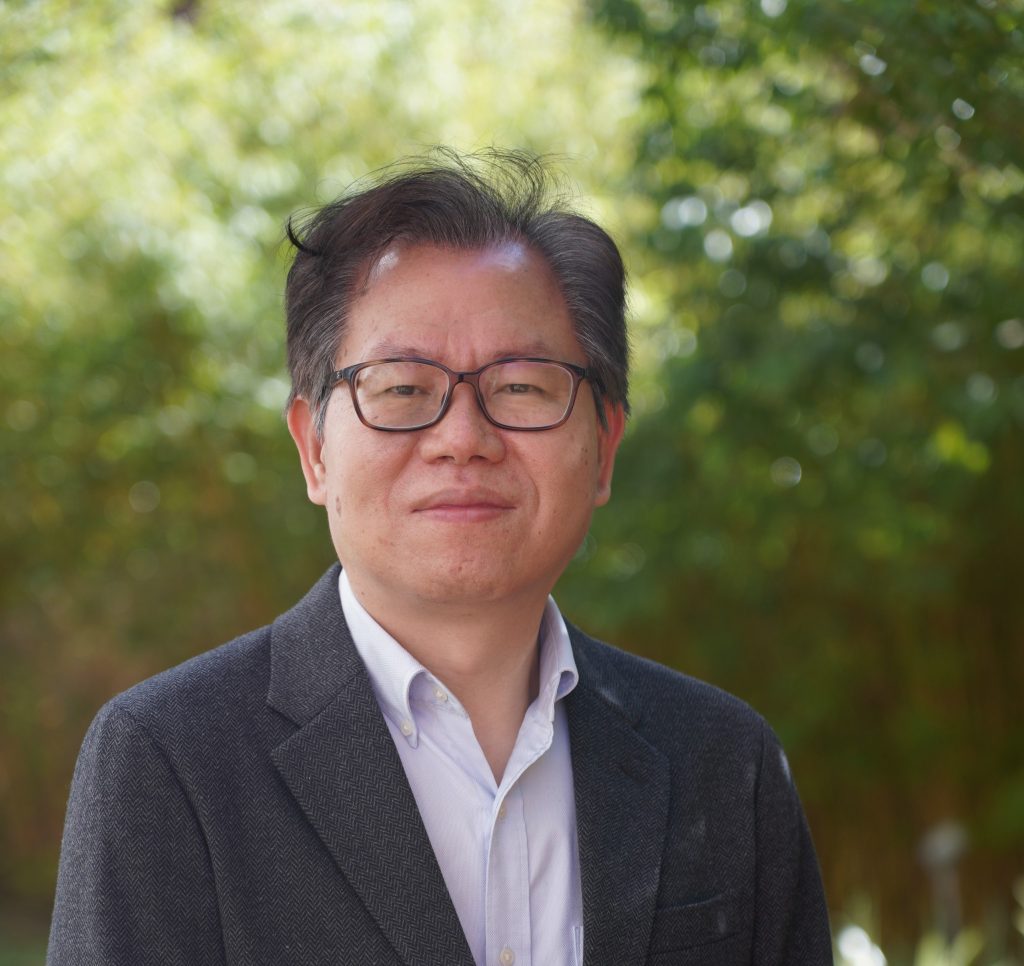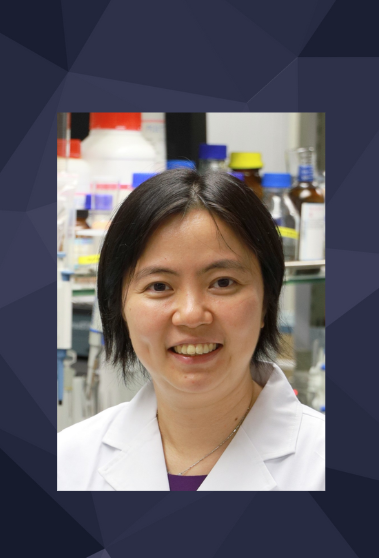TechTalk – Non-Fourier Phonon Heat Conduction: Ballistic, Coherent, Localized, Hydrodynamic, and Divergent Modes
Beyond the Fourier diffusion theory on heat conduction, the classical size effects—the Casimir regime—caused by phonon boundary scattering is well known and extensively studied. However, over the last three decades, new regimes beyond the Fourier and the Casimir pictures of heat conduction have been demonstrated. In this talk, I will discuss different phonon heat conduction regimes, including the Knudsen regime, the hydrodynamic regime, the quantization regime, the coherence and localization regimes, and the divergence regime. The Knudsen regime expands Casimir’s picture to many other quasi-ballistic transport geometries, and is being exploited to develop phonon mean free path spectroscopy techniques. Phonon hydrodynamic transport happens when the normal scattering dominates over the resistive scattering, which is a condition difficult to satisfy and only observed at a narrow temperature range less than 20K. However, our recent experiments have observed second sound—a consequence of phonon hydrodynamic transport—at as high at 200K, while simulations point to possibility of observing hydrodynamic heat conduction even at room temperature. Quantized phonon transport was observed at very low temperatures. Signatures of coherent heat conduction, including localization, will be discussed, together with experimental evidences. Divergent thermal conductivity, implying thermal superconductors, is predicted to be possible in low-dimensional materials, although no experiments have provided conclusive evidence. These different phonon heat conduction regimes will be summarized in a regime map, demonstrating the rich phonon transport physics rivaling that of electrons.










